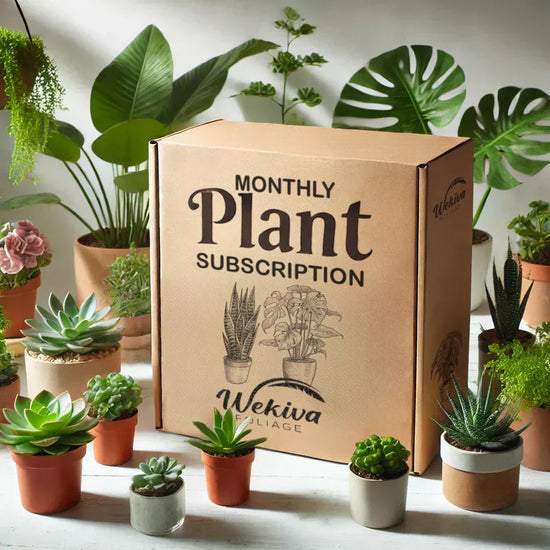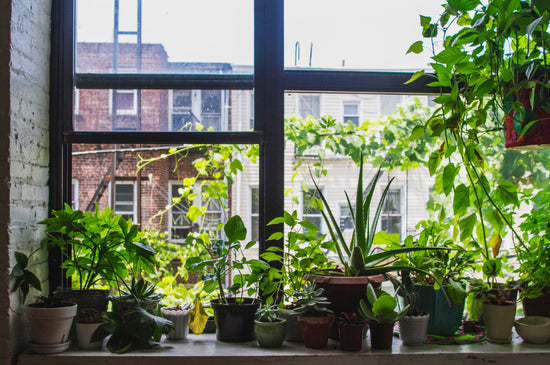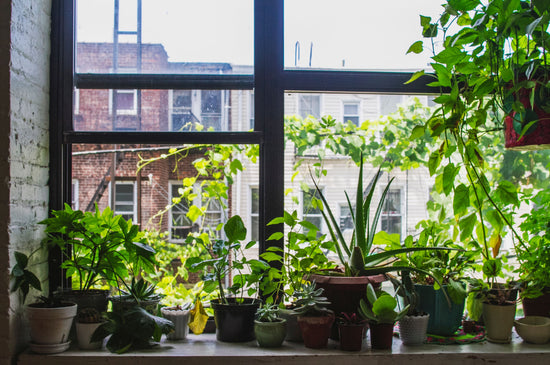Guide to Blooming Houseplants: Add Color to Your Indoor Garden
Houseplants are more than just greenery; they can brighten up your home with vibrant blooms that transform any space. From the delicate blossoms of a Peace Lily to the festive flowers of a Christmas Cactus, blooming houseplants are an excellent way to enhance your indoor décor. Here’s how to cultivate and enjoy flowering houseplants.
Benefits of Blooming Houseplants
- Aesthetic Appeal: Flowering plants add splashes of color to your home, complementing any interior design.
- Air Purification: Many blooming houseplants, like the ZZ Plant, improve indoor air quality by removing toxins.
- Mood Boosting: Bright, cheerful flowers can elevate your mood and reduce stress levels.
- Seasonal Themes: Plants like the Christmas Cactus bring festive vibes during the holiday season.
Top Blooming Houseplants for Your Home
1. Peace Lily
The Peace Lily is a popular choice for its elegant white flowers and easy-care nature. It thrives in low light, making it perfect for dim corners. Regular watering and moderate humidity will keep your Peace Lily blooming year-round.
2. Christmas Cactus
Known for its vivid blooms, the Christmas Cactus produces flowers in shades of red, pink, and white. It’s a hardy plant that thrives with indirect light and occasional watering, especially during its blooming season in winter.
3. ZZ Plant
Though primarily loved for its lush green foliage, the ZZ Plant can surprise you with rare, small white blooms under the right conditions. It’s an excellent choice for low-light areas and requires minimal watering.
4. Spider Plant
The Spider Plant is known for its tiny white flowers that sprout on long stems. It’s an easy-to-care-for plant that thrives in bright, indirect light.
5. Satin Pothos
While the Satin Pothos is admired for its variegated foliage, it occasionally produces small, inconspicuous blooms. Provide it with well-draining soil and moderate light for optimal growth.
How to Encourage Houseplants to Bloom
- Provide Adequate Light: Most blooming plants require bright, indirect light. If natural light is insufficient, consider using grow lights.
- Feed Your Plants: Use a balanced fertilizer, especially during the growing season, to provide essential nutrients.
- Maintain Humidity: Many houseplants bloom best in humid conditions. Use a humidifier or place a tray of water near your plants to increase moisture levels.
- Prune Regularly: Removing dead leaves and spent flowers encourages new growth and blooming.
- Repot When Needed: Ensure your plant isn’t root-bound by checking for roots growing out of the drainage holes.
FAQs About Blooming Houseplants
Q: How often should I fertilize my flowering houseplants?
A: Fertilize every 4-6 weeks during the growing season using a fertilizer specifically designed for blooming plants.
Q: Why isn’t my plant blooming?
A: Lack of light, improper watering, or insufficient nutrients can prevent flowering. Adjust these factors to encourage blooms.
Q: Are blooming houseplants safe for pets?
A: Some flowering houseplants, like peace lilies, can be toxic to pets. Always check plant toxicity if you have cats or dogs at home.
Q: Do flowering houseplants require more care?
A: Blooming plants may require slightly more attention in terms of feeding and pruning but are generally low maintenance.
Q: Can blooming houseplants thrive in low light?
A: Yes, some, like the peace lily and ZZ plant, do well in low-light environments.
Conclusion
Blooming houseplants bring vibrancy and life into any home. Whether you’re looking for the festive charm of a Christmas Cactus or the elegance of a Peace Lily, Wekiva Foliage offers a variety of options to suit your needs. Explore our Houseplants Collection and find the perfect blooming plant to brighten your indoor spaces.





